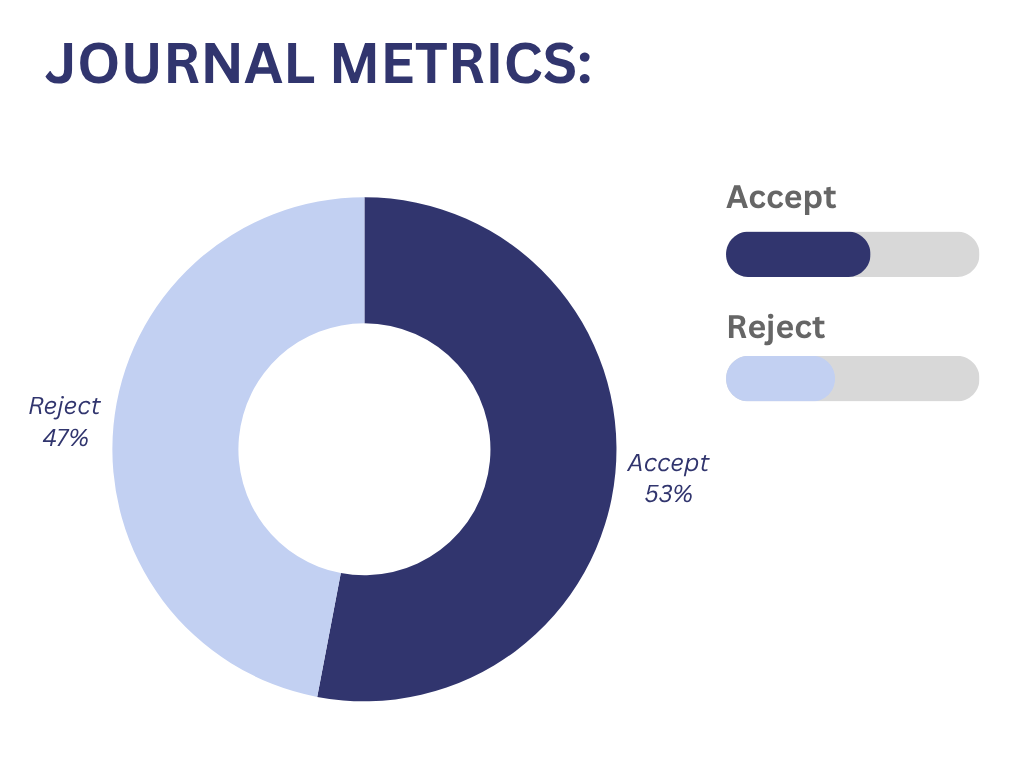Enhancing Generative Adversarial Networks with Structural Similarity Index and Fuzzy Logic-Based Loss Functions (SSIM_T)
Abstract
Generative Adversarial Networks (GANs) have emerged as a powerful paradigm for unsupervised learning and generative modeling, enabling the synthesis of high-quality, realistic data across various domains. However, GAN training is notoriously challenging, often plagued by issues such as mode collapse, instability, and a lack of perceptual fidelity in generated samples. Traditional loss functions, primarily based on pixel-wise comparisons, fail to capture the complex structural and perceptual attributes of images, hindering the generation of visually compelling outputs. This paper introduces a novel loss function for GANs that integrates the Structural Similarity Index (SSIM) with fuzzy logic t-norms (SSIM_T). By leveraging SSIM_T, the proposed approach enhances perceptual similarity between generated and real images while harnessing the power of fuzzy logic to model the inherent uncertainty and nuanced relationships within image data. Theoretical analysis and extensive experiments demonstrate that SSIM_T mitigates mode collapse, stabilizes training dynamics, and produces visually coherent outputs, surpassing existing loss functions, including those based on Sugeno complements. This work bridges advancements in structural similarity metrics and fuzzy logic, offering a robust and perceptually driven framework for image-processing applications and beyond.
Keywords:
Generative adversarial network, Loss function, Structural similarity measure, T-norm, Fuzzy logicReferences
- [1] Goodfellow, I. J., Pouget-Abadie, J., Mirza, M., Xu, B., Warde-Farley, D., Ozair, S., … & Bengio, Y. (2014). Generative adversarial nets. Advances in neural information processing systems, 27. https://proceedings.neurips.cc/paper_files/paper/2014/hash/f033ed80deb0234979a61f95710dbe25-Abstract.html
- [2] Arjovsky, M., Chintala, S., & Bottou, L. (2017). Wasserstein generative adversarial networks [presentation]. International conference on machine learning (pp. 214–223). http://proceedings.mlr.press/v70/arjovsky17a/arjovsky17a.pdf
- [3] Gulrajani, I., Ahmed, F., Arjovsky, M., Dumoulin, V., & Courville, A. C. (2017). Improved training of wasserstein gans. Advances in neural information processing systems, 30. https://proceedings.neurips.cc/paper_files/paper/2017/file/892c3b1c6dccd52936e27cbd0ff683d6-Paper.pdf
- [4] Mao, X., Li, Q., Xie, H., Lau, R. Y., Wang, Z., & Paul Smolley, S. (2017). Least squares generative adversarial networks. Proceedings of the IEEE international conference on computer vision (pp. 2794-2802). http://openaccess.thecvf.com/content_ICCV_2017/papers/Mao_Least_Squares_Generative_ICCV_2017_paper.pdf
- [5] Miyato, T., Kataoka, T., Koyama, M., & Yoshida, Y. (2018). Spectral normalization for generative adversarial networks. ArXiv preprint arxiv:1802.05957. https://doi.org/10.48550/arXiv.1802.05957
- [6] Zhang, H., Goodfellow, I., Metaxas, D., & Odena, A. (2019). Self-attention generative adversarial networks [presentation]. International conference on machine learning (pp. 7354–7363). http://proceedings.mlr.press/v97/zhang19d/zhang19d.pdf
- [7] Wang, Z., Bovik, A. C., Sheikh, H. R., & Simoncelli, E. P. (2004). Image quality assessment: from error visibility to structural similarity. IEEE transactions on image processing, 13(4), 600–612. https://doi.org/10.1109/TIP.2003.819861
- [8] Farhadinia, B., Ahangari, M. R., Heydari, A., & Datta, A. (2024). A generalized optimization-based generative adversarial network. Expert systems with applications, 248, 123413. https://doi.org/10.1016/j.eswa.2024.123413



